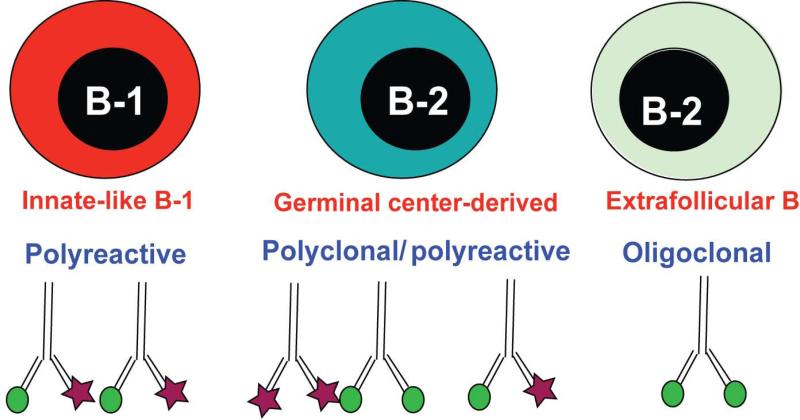Fig. 4. B-cell responses to influenza infection differ in the diversity of their BCR repertoire.
There are at least three distinct B-cell response types that contribute to immune protection from influenza infection: B-1 cells respond to infection with the secretion of polyreactive, natural IgM, some but not all of which binds to influenza virus. These antibodies are overall of low affinity, but they can bind to many different types of antigens and their presence is required from survival from infection. Second, germinal center-derived B-2 cell responses become polyclonal over time, facilitated in part through somatic hypermutation in the antigen-binding CDR3-Ig region. While these responses generate high-affinity antibodies against the infection at hand, continued germinal center reaction can also result in the generation of polyreactive antibodies. Moreover, the repertoire of B cell clones that participate in the immune response is expanded over time. Finally, the extrafollicular foci response, which can be of high affinity, but is likely highly oligoclonal during a primary infection, as it relies on the presence of high-affinity germline-encoded antigen-specific B cells. However, these responses are supplemented by memory B cells, which can participate in a recall response by rapidly forming extrafollicular foci.

